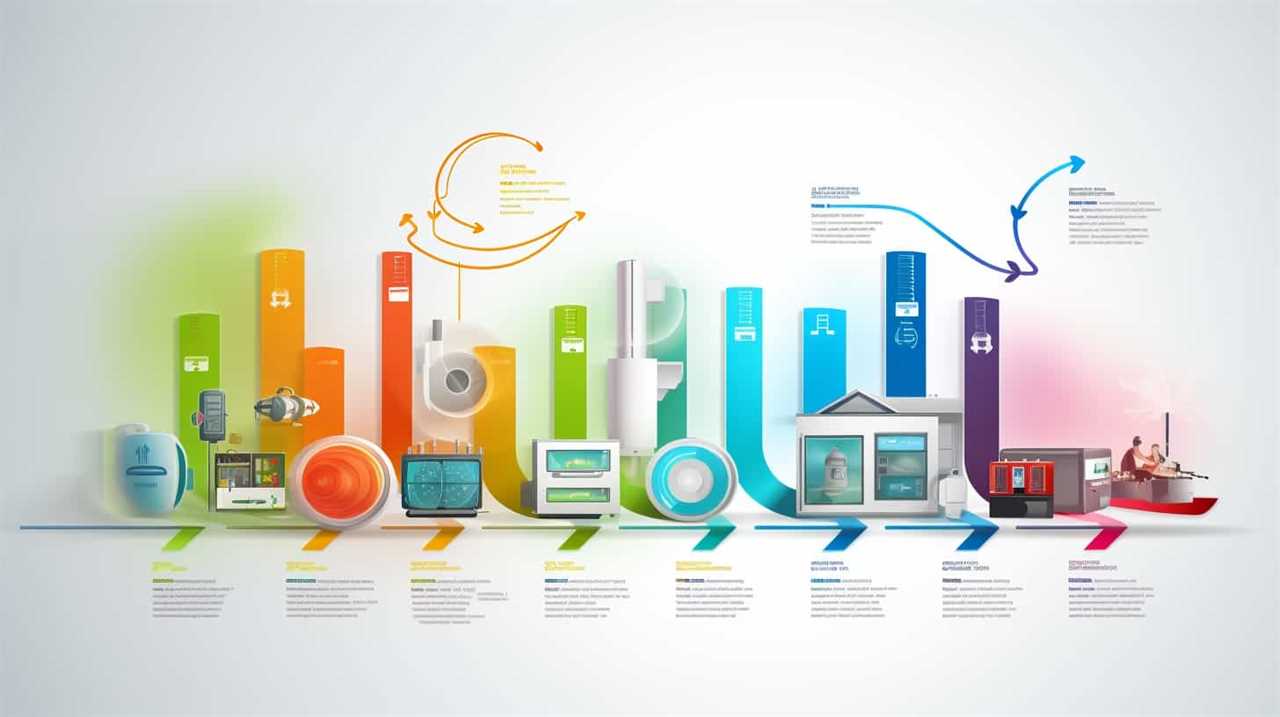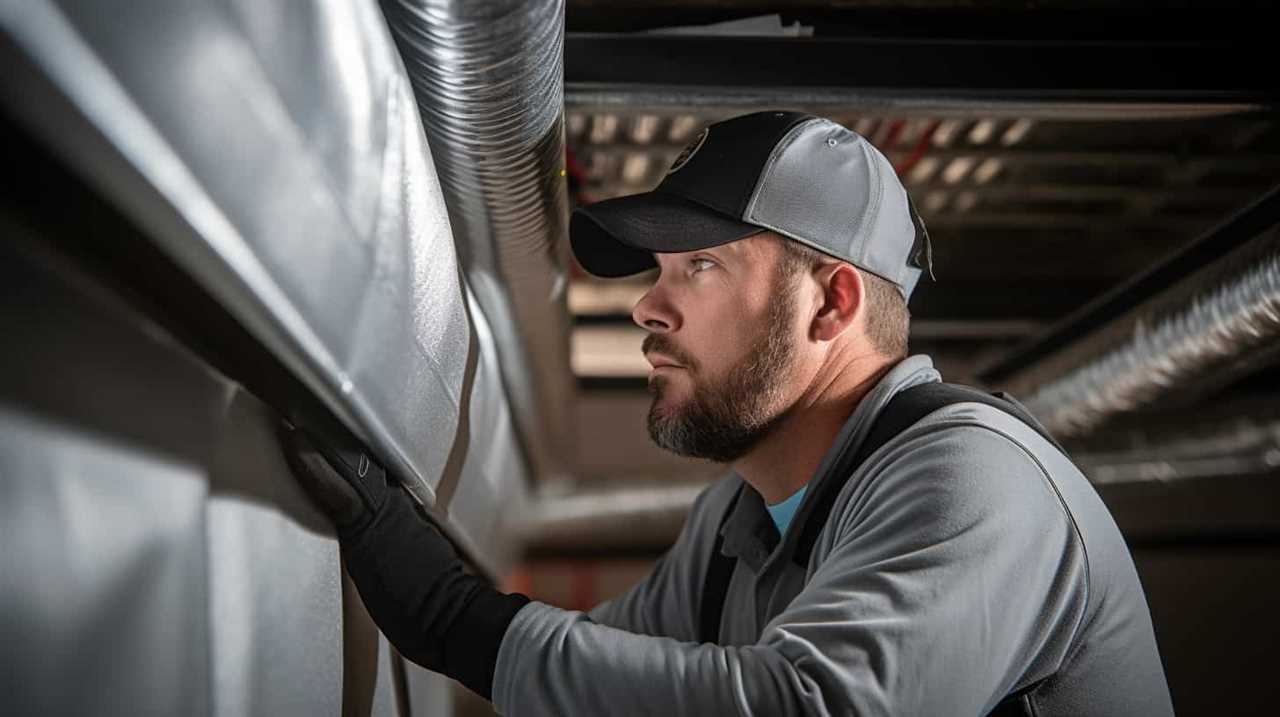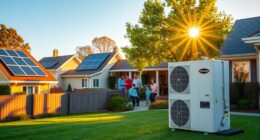Are you on the hunt for the ideal air conditioning heat pump? Search no more! This guide will equip you with everything necessary to make a well-informed choice.
We’ll cover everything from understanding the basics of heat pumps to evaluating your cooling and heating needs.
We’ll also delve into energy efficiency, different types and features, performance ratings, and more.
With our help, you’ll be able to select the ideal heat pump that meets your requirements and budget.
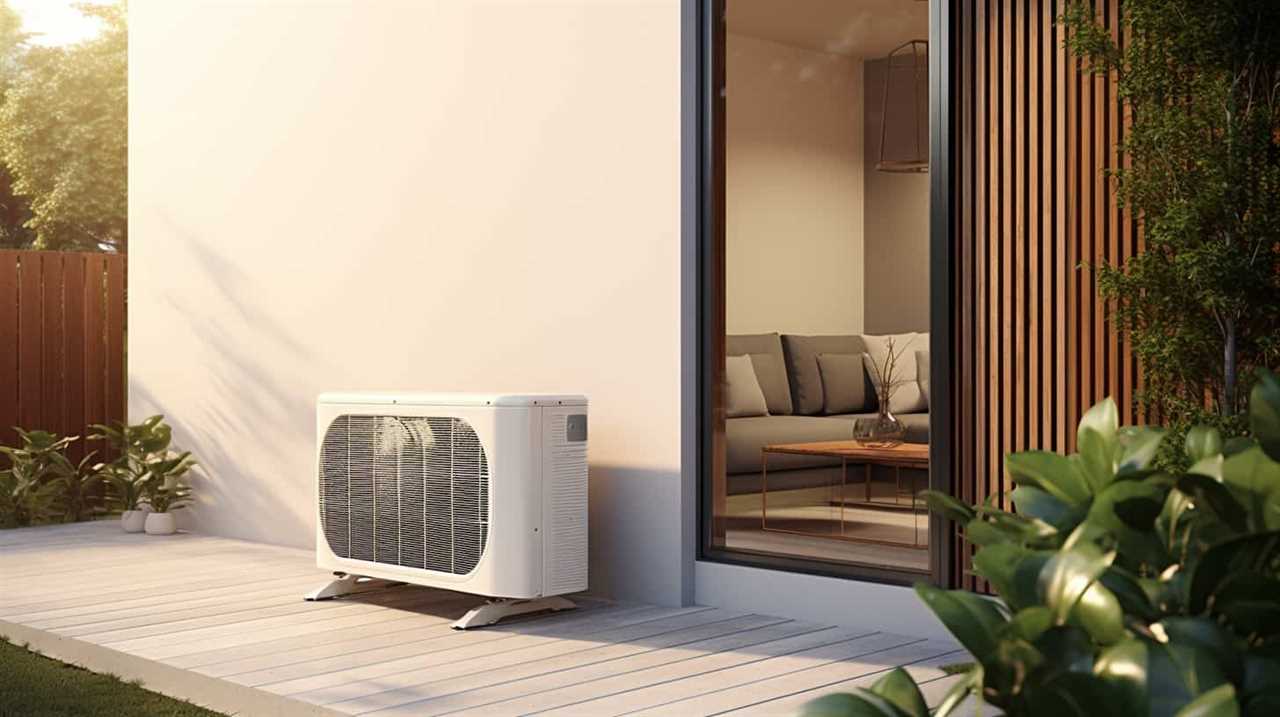
Key Takeaways
- Heat pumps consist of an evaporator, a compressor, and a condenser.
- Factors to consider when evaluating cooling and heating needs include room size, insulation, and desired temperature range.
- Determining the right size for a heat pump involves assessing specific cooling and heating needs, such as space size, insulation levels, and climate conditions.
- Energy efficiency ratings like SEER and HSPF, as well as features like variable-speed technology and Energy Star certification, should be considered for selecting a cost-effective heat pump.
Understanding the Basics of Air Conditioning Heat Pumps
We will start by discussing the three main components of air conditioning heat pumps.
Understanding heat transfer and evaluating efficiency options are crucial aspects when it comes to air conditioning heat pumps.
Heat pumps consist of an evaporator, a compressor, and a condenser. The evaporator absorbs heat from the indoor air, transferring it to the refrigerant. The compressor then pressurizes the refrigerant, raising its temperature. Finally, the condenser releases the heat absorbed from the indoor air to the outdoor environment.
Evaluating efficiency options is essential to ensure optimal performance and energy savings. Efficiency can be measured using the Seasonal Energy Efficiency Ratio (SEER) and the Heating Seasonal Performance Factor (HSPF).
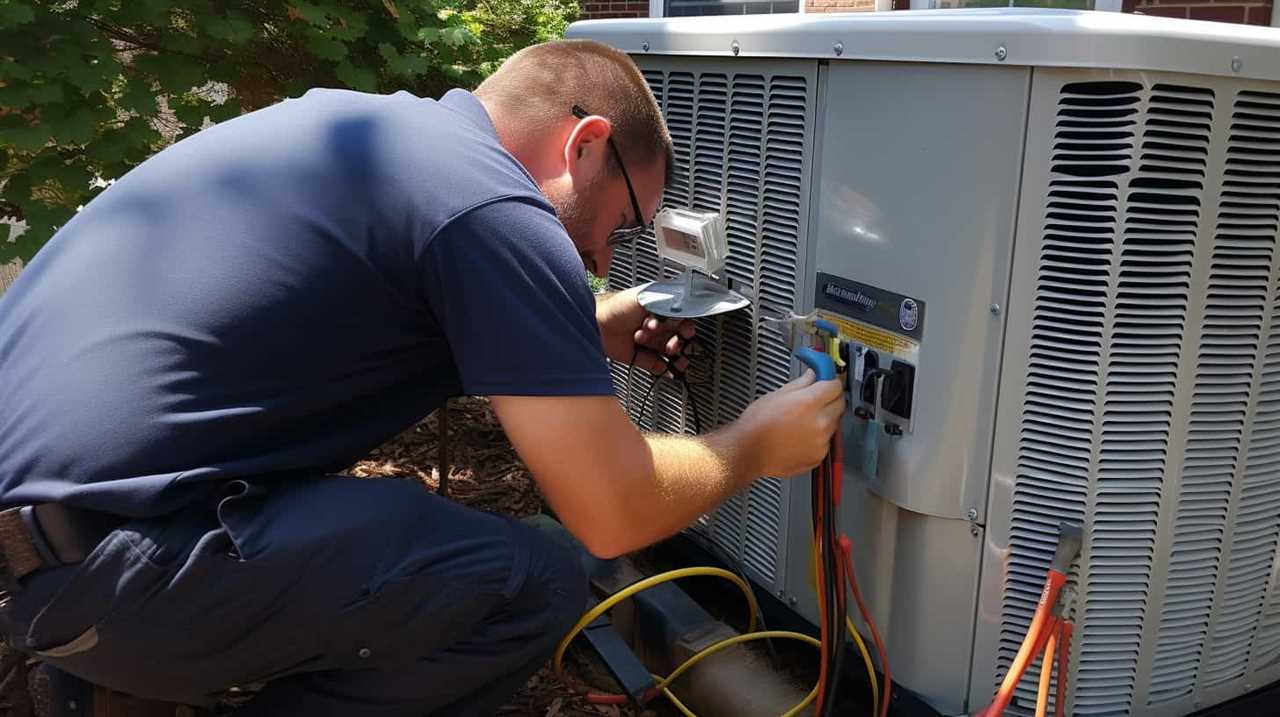
Evaluating Your Cooling and Heating Needs
To accurately evaluate our cooling and heating needs, it is important to consider factors such as room size, insulation, and desired temperature range. By understanding these factors, we can determine the appropriate cooling requirements and heating efficiency necessary for our space. Room size plays a significant role in determining the cooling and heating needs, as larger rooms require more powerful units to maintain a comfortable temperature. Insulation also affects the efficiency of the heat pump, as poor insulation can result in energy loss. Lastly, the desired temperature range influences the capacity and performance of the heat pump. To help visualize these factors, the following table provides an overview of the key considerations when evaluating cooling and heating needs:
| Factors | Considerations |
|---|---|
| Room Size | Square footage |
| Insulation | Type, quality, and condition |
| Temperature | Desired range and fluctuations |
Determining the Right Size for Your Heat Pump
When determining the right size for your heat pump, there are three key points to consider.
First, calculating the heat pump size involves assessing your specific cooling and heating needs.
Second, various factors such as the size of your space, insulation levels, and climate conditions can influence the size requirement.
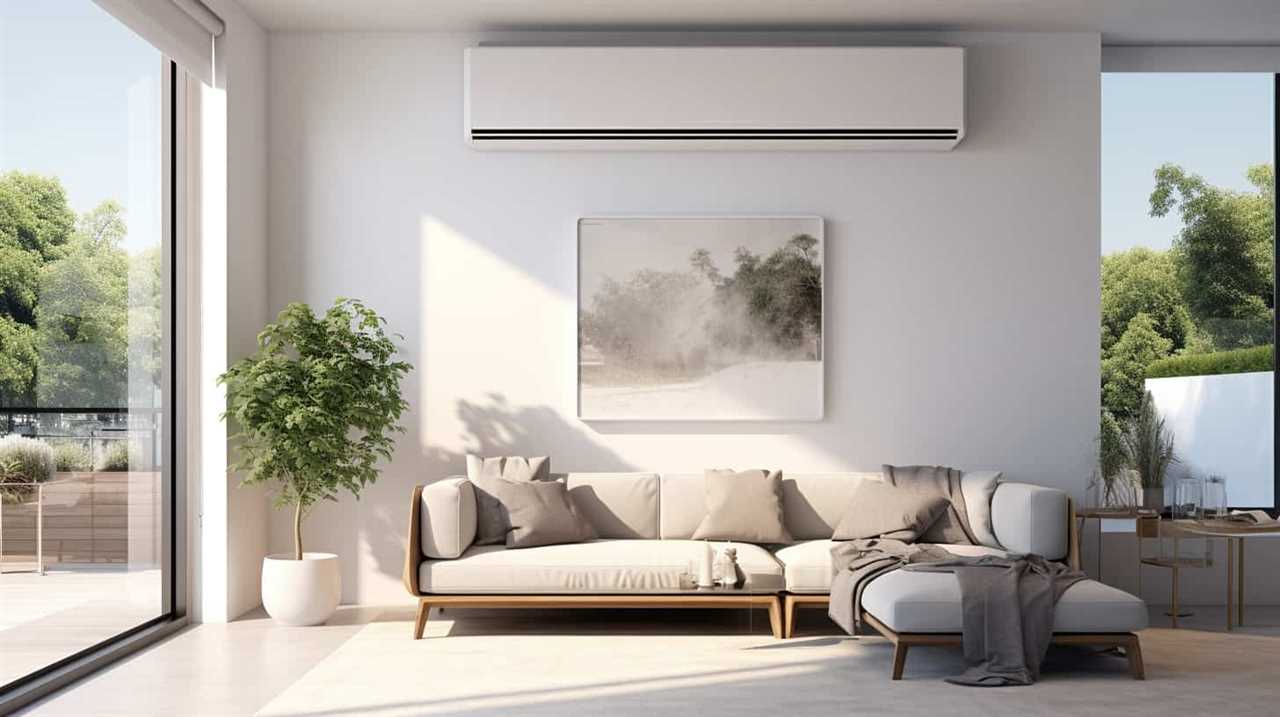
Calculating Heat Pump Size
Before purchasing a heat pump, it’s important to accurately calculate the size needed for optimal performance.
Calculating the heat pump size involves considering the heat pump efficiency and heat pump capacity.
Heat pump efficiency refers to the ratio of heat output to the electrical power input. It’s crucial to choose a heat pump with high efficiency to ensure energy savings and lower operating costs.
On the other hand, heat pump capacity refers to the amount of heat that the heat pump can produce or remove in a given time. It’s essential to accurately determine the heat pump capacity based on factors such as the size of the space to be heated or cooled, insulation levels, and the climate conditions in the area.
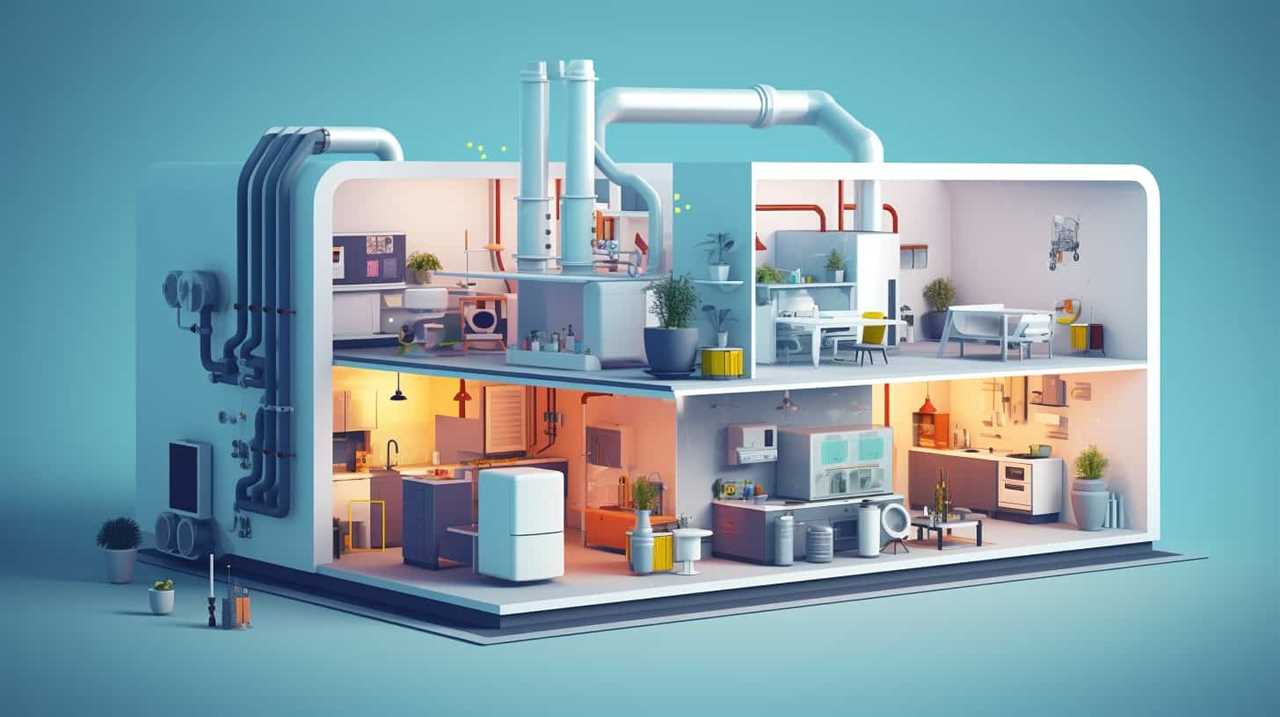
Factors Affecting Size
One important factor that affects the size of our heat pump is the square footage of the space we want to heat or cool.
Several factors should be considered when determining the right size for our heat pump, as they can have a significant impact on energy consumption:
-
Insulation: The level of insulation in our space affects how well heat is retained or blocked. Poor insulation may require a larger heat pump to compensate for heat loss.
-
Climate: The climate in our area plays a role in determining the size of the heat pump needed. Colder climates may require a larger heat pump to effectively heat the space.

-
Windows and doors: The number, size, and quality of windows and doors can impact the heat gain or loss in our space. More windows or poorly insulated doors may require a larger heat pump.
-
Occupancy and usage: The number of people occupying the space and the intended usage also affect the heat pump size. Spaces with higher occupancy or higher heat-producing activities may require a larger heat pump.
Considering these factors can help us select the right size of heat pump for our needs while minimizing energy consumption.
In the next section, we’ll discuss professional sizing recommendations to ensure accurate sizing.
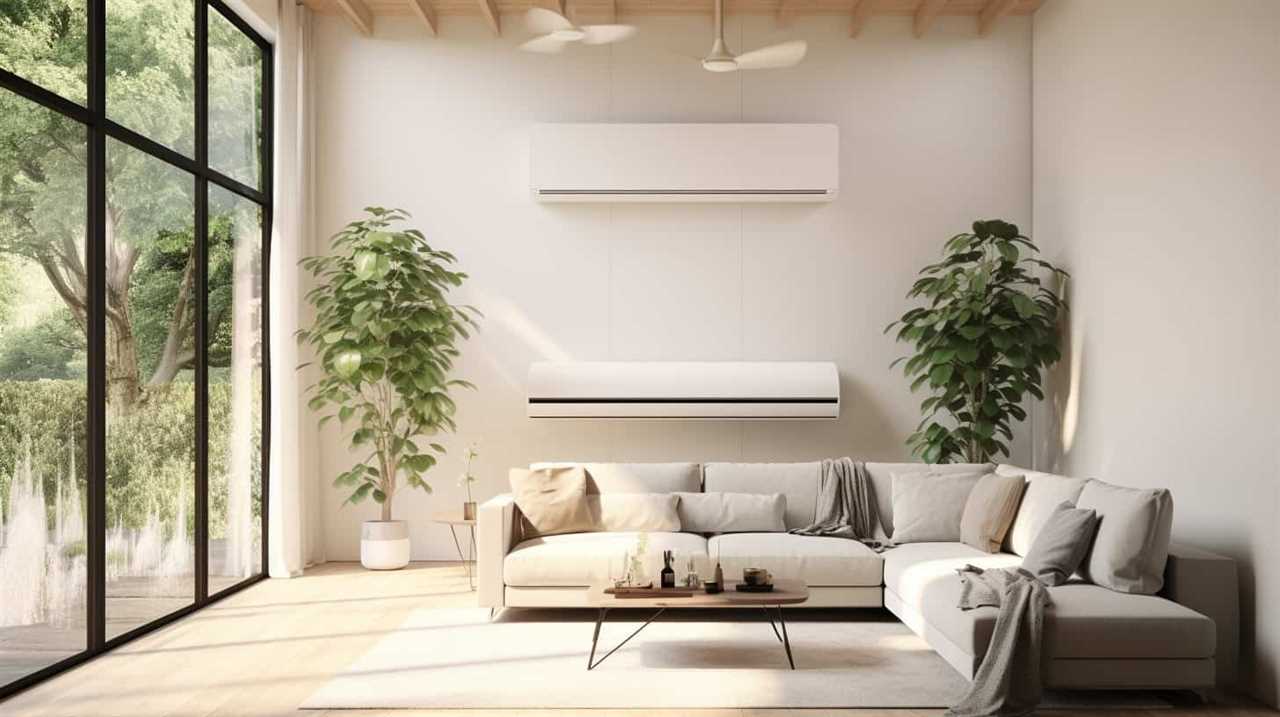
Professional Sizing Recommendations
To ensure accurate sizing, we recommend consulting with a professional for their expert recommendations on determining the right size for your heat pump. Professional sizing techniques are essential in ensuring that your heat pump is neither too small nor too large for your space.
A professional will consider various factors such as the size and layout of your home, insulation levels, and climate conditions. By conducting a thorough assessment, they can recommend the appropriate capacity and specifications for your heat pump.
Expert recommendations are vital because an oversized or undersized heat pump can lead to inefficient operation, reduced comfort, and increased energy consumption. Trusting in the expertise of a professional will ensure that you select the ideal heat pump size for your specific needs, providing optimal performance and energy efficiency.
Energy Efficiency: Finding the Most Cost-Effective Option
When evaluating air conditioning heat pumps, we prioritize finding the most cost-effective option by considering their energy efficiency. Investing in energy efficient technology not only helps reduce our carbon footprint but also leads to significant cost savings in the long run.

Here are four key factors to consider when looking for a cost-effective heat pump:
-
SEER Rating: The Seasonal Energy Efficiency Ratio (SEER) measures the cooling efficiency of the heat pump. A higher SEER rating indicates better energy efficiency and potential cost savings.
-
HSPF Rating: The Heating Seasonal Performance Factor (HSPF) measures the heating efficiency of the heat pump. Look for a high HSPF rating to ensure optimal energy efficiency and lower heating costs.
-
Variable-Speed Technology: Heat pumps with variable-speed compressors can adjust their speed based on the heating or cooling needs, resulting in reduced energy consumption and enhanced cost savings.
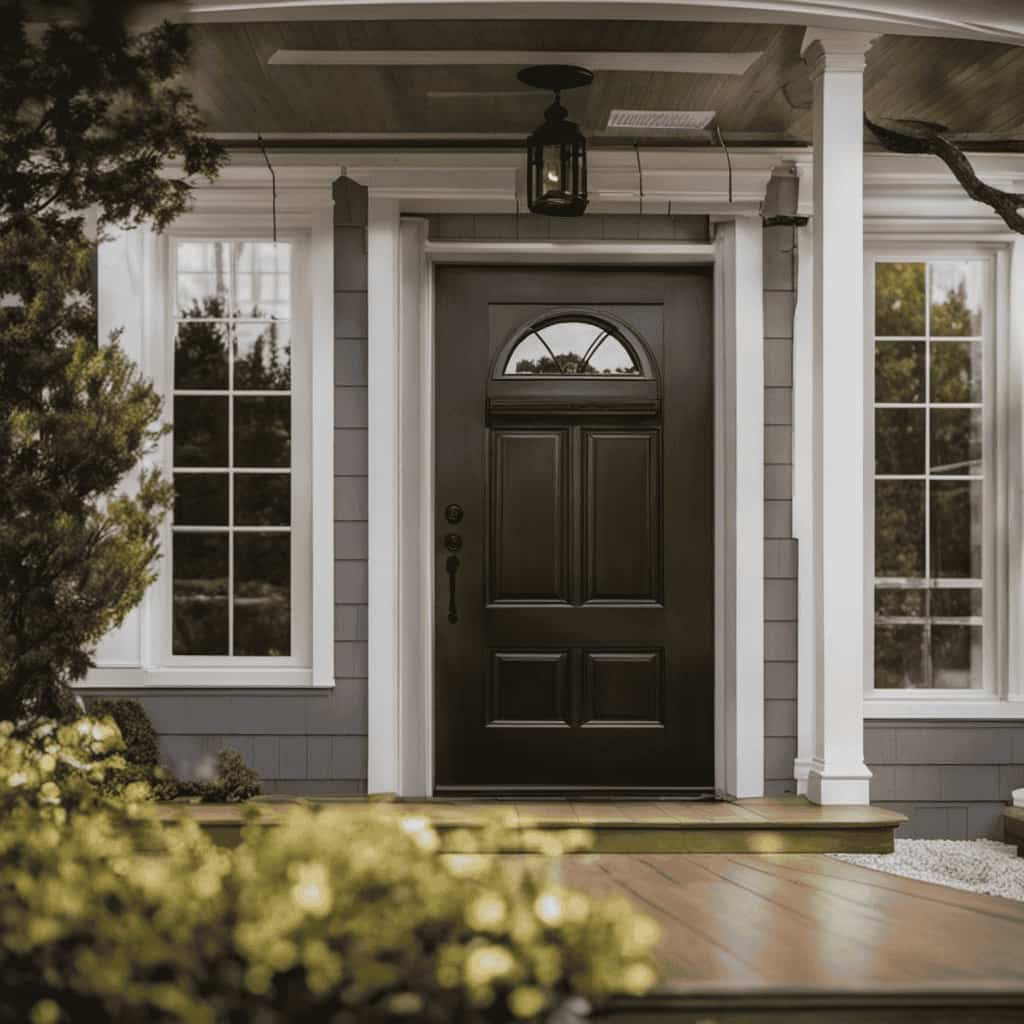
-
Energy Star Certification: Choosing an energy-efficient heat pump with the Energy Star label ensures that it meets strict energy efficiency standards, providing assurance of long-term cost savings.
Exploring Different Heat Pump Types and Features
As we explore different heat pump types and features, we can evaluate their suitability for our specific heating and cooling needs.
Heat pump technology has advanced significantly in recent years, offering various options to improve energy efficiency and reduce operating costs.
One important feature to consider is the Seasonal Energy Efficiency Ratio (SEER), which measures the cooling efficiency of the heat pump. Higher SEER ratings indicate better energy savings.
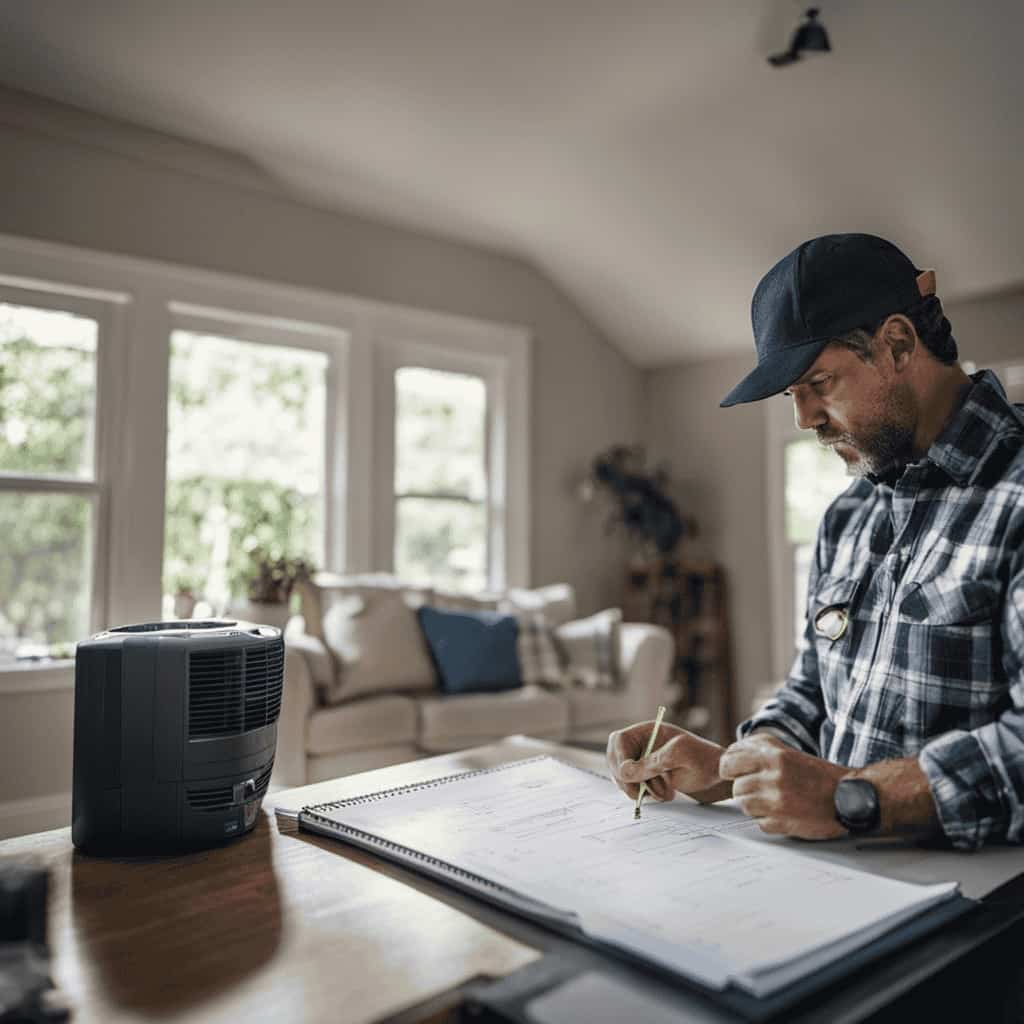
Another key feature is the Heating Seasonal Performance Factor (HSPF), which measures the heating efficiency of the heat pump. Look for a high HSPF rating to ensure efficient heating during colder months.
Additionally, some heat pumps come with energy-saving features such as variable-speed compressors and smart thermostats, which further optimize energy consumption.
Comparing Performance and SEER Ratings
As we compare performance and SEER ratings, it’s important to consider the energy efficiency and cooling capabilities of different air conditioning heat pump models. The SEER (Seasonal Energy Efficiency Ratio) rating measures the cooling efficiency of an air conditioner or heat pump. Higher SEER ratings indicate greater energy efficiency and lower operating costs.
When comparing performance and SEER ratings, there are several techniques to consider:
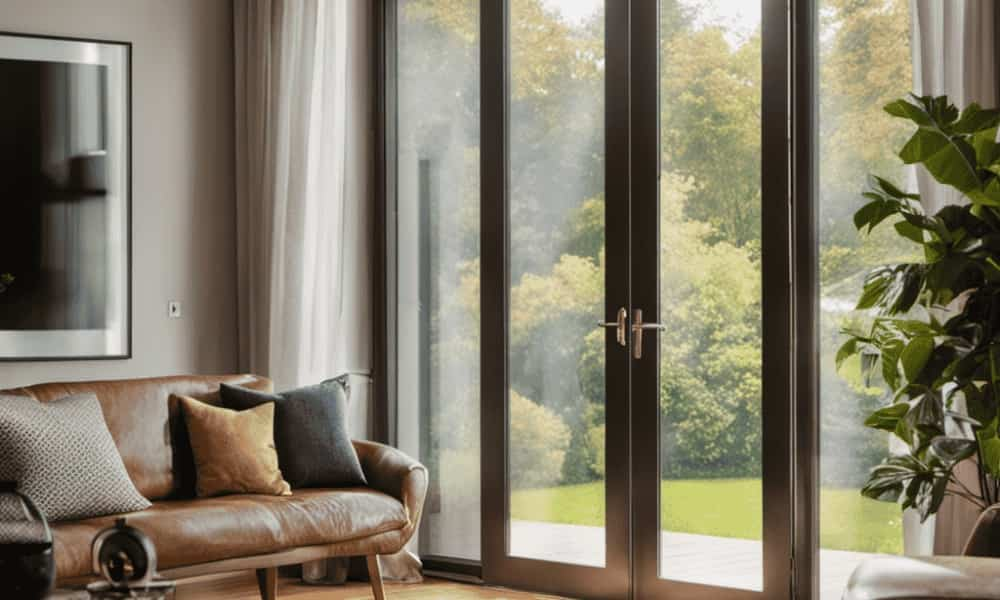
-
Review SEER rating benefits: A higher SEER rating can lead to lower energy bills and reduced environmental impact. It also indicates better performance and improved comfort.
-
Evaluate cooling capabilities: Look for models with higher BTU (British Thermal Unit) ratings, as they can provide more efficient and effective cooling.
-
Consider noise levels: Look for models with lower decibel (dB) ratings to ensure quieter operation.
-
Compare additional features: Consider features such as programmable thermostats, variable speed motors, and advanced filtration systems, which can enhance overall performance and energy efficiency.

Assessing Noise Levels and Indoor Air Quality
To properly assess noise levels and indoor air quality, we should consider the decibel ratings and filtration systems of different air conditioning heat pump models. When assessing noise levels, it’s important to choose a heat pump that operates quietly, especially if it will be installed in a bedroom or living area. Look for heat pumps with low decibel ratings, typically below 60 decibels, to ensure minimal disruption to your daily activities and sleep.
Additionally, evaluating the indoor air quality is crucial for maintaining a healthy and comfortable environment. Consider heat pumps with advanced filtration systems that can effectively remove dust, pollen, and other allergens from the air. By assessing noise levels and indoor air quality, you can select a heat pump that not only provides optimal temperature control but also promotes a clean and quiet living space.
Moving on to the next section, let’s explore the importance of considering installation and maintenance requirements.
Considering Installation and Maintenance Requirements
For our installation and maintenance requirements, we need to carefully consider the location and accessibility of the heat pump, as well as the regular cleaning and servicing that will be necessary to ensure its optimal performance. Here are a few important factors to keep in mind:

-
Placement: Choose a location that allows for proper airflow and easy access for maintenance. Avoid areas with obstructions or limited space, as this can hinder the heat pump’s efficiency and increase installation costs.
-
Regular Cleaning: Dust and debris can accumulate on the heat pump’s outdoor unit, affecting its performance. Regularly clean the unit using a soft brush or hose to remove any dirt or debris.
-
Scheduled Servicing: To maintain optimal performance, schedule regular servicing by a qualified professional. They can inspect and clean the internal components, check refrigerant levels, and ensure all parts are functioning correctly.
-
Maintenance Tips: In addition to professional servicing, there are some maintenance tips you can follow. These include regularly checking and replacing air filters, keeping the surrounding area clean and free from obstructions, and ensuring proper insulation in ductwork.

Budgeting for Your Air Conditioning Heat Pump Investment
When budgeting for your air conditioning heat pump investment, there are several cost considerations and options to keep in mind.
It’s important to assess the initial purchase price, installation costs, and any additional expenses such as ductwork modifications or electrical upgrades.
However, it’s also crucial to consider the long-term savings potential of an energy-efficient heat pump and the return on investment it can provide over time.
Cost Considerations and Options
As homeowners, we need to carefully consider the cost and options associated with our air conditioning heat pump investment.
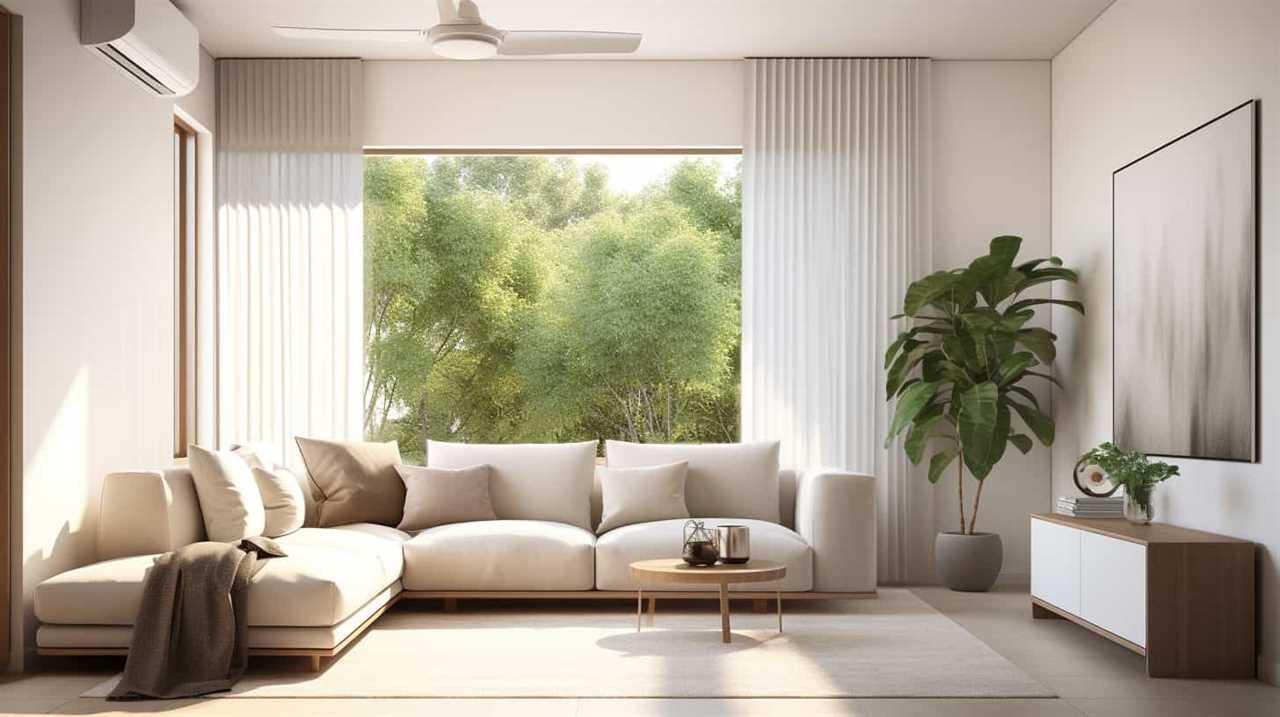
When it comes to cost considerations, there are a few key factors to keep in mind:
-
Installation Costs: The cost of installing an air conditioning heat pump can vary depending on factors such as the size of your home and the complexity of the installation. It’s important to budget for these upfront costs to ensure a smooth installation process.
-
Energy Efficiency: It’s worth investing in an air conditioning heat pump that’s energy efficient. This won’t only help you save on your monthly energy bills, but it will also have a positive impact on the environment. Look for models with high SEER (Seasonal Energy Efficiency Ratio) ratings to ensure optimal efficiency.
-
Maintenance and Repair Costs: It’s important to factor in ongoing maintenance and repair costs when budgeting for your air conditioning heat pump investment. Regular maintenance will help prolong the lifespan of your system and prevent costly repairs down the line.
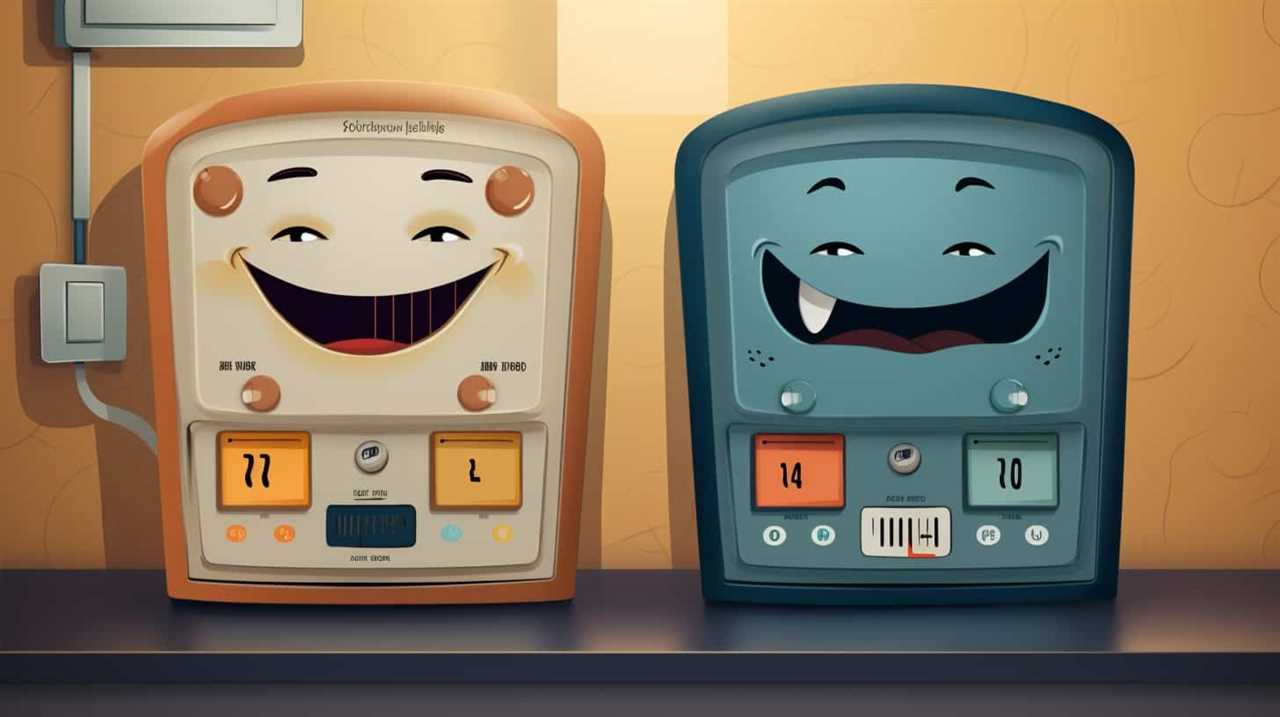
-
Financing Options: Consider the various financing options available to you. Some manufacturers or HVAC companies offer financing plans that can help make your investment more affordable. Explore these options and choose one that aligns with your budget and financial goals.
Long-Term Savings Potential
Let’s consider the long-term savings potential of our air conditioning heat pump investment and budget accordingly. When it comes to choosing the ideal air conditioning heat pump, it’s important to evaluate the energy saving benefits it offers. By selecting a model with high energy efficiency, we can significantly reduce our energy consumption and costs over time. This won’t only benefit our budget but also contribute to a more sustainable environment.
To determine the long-term savings potential, we should also consider the payback period of the heat pump. The payback period refers to the time it takes for the energy savings to offset the initial investment cost. Typically, the shorter the payback period, the better the investment. By calculating the payback period, we can make an informed decision about which air conditioning heat pump offers the most cost-effective solution in the long run.
Return on Investment
To ensure a successful budget for our air conditioning heat pump investment, we need to carefully consider the return on investment (ROI). Conducting an ROI analysis allows us to determine the financial benefits and payback period of our investment. Here are four important factors to consider:
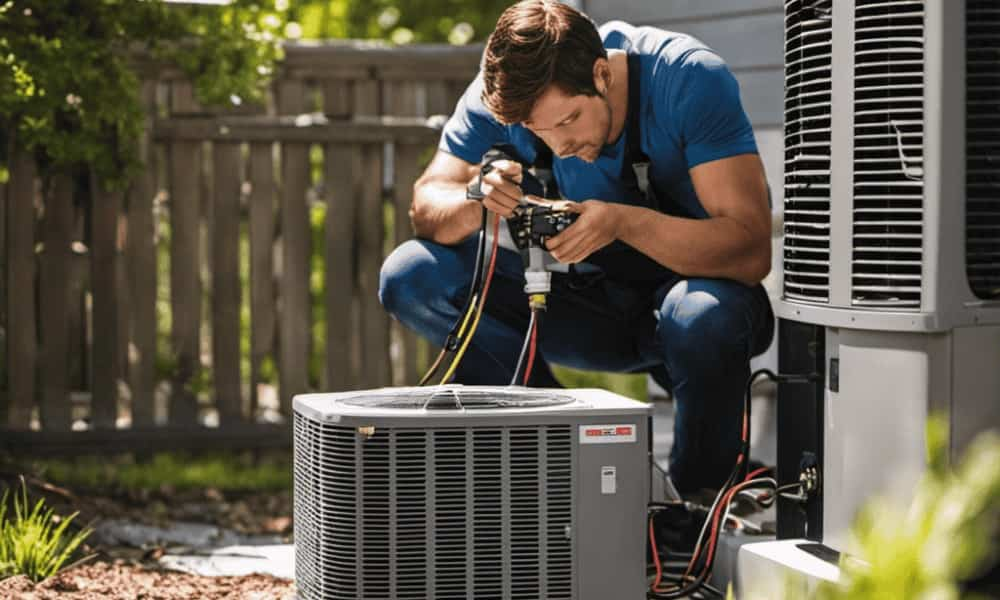
-
Energy Savings: An energy-efficient heat pump can significantly reduce monthly utility bills, resulting in long-term savings.
-
Maintenance Costs: Consider the cost of regular maintenance and repairs. Opting for a high-quality heat pump may result in lower maintenance expenses over time.
-
Lifespan of the Heat Pump: A longer lifespan means a higher ROI. Investing in a durable and reliable heat pump can save money in the long run.
-
Potential Incentives: Research potential rebates or tax credits available for energy-efficient equipment. These incentives can further improve the ROI of our investment.
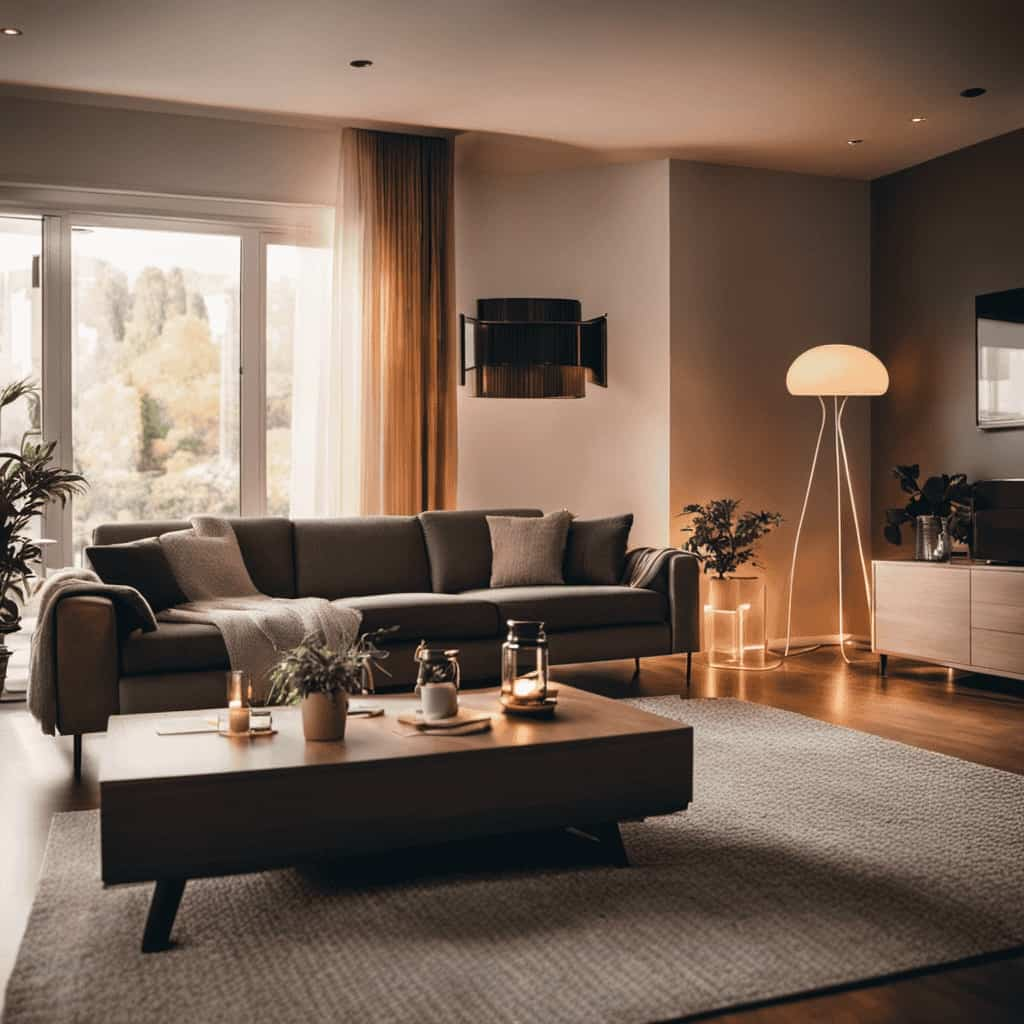
Frequently Asked Questions
How Much Does an Air Conditioning Heat Pump Cost to Install?
Installation costs for an air conditioning heat pump depend on various factors, such as the size of the unit, complexity of the installation, and any necessary modifications. Prices can range from a few thousand dollars to upwards of $10,000.
Can an Air Conditioning Heat Pump Be Used in Extremely Cold Climates?
In extremely cold climates, air conditioning heat pumps can still be used effectively. However, it’s important to consider the impact of climate change on their usage. We must adapt to the changing conditions to ensure optimal performance.
Are There Any Tax Incentives or Rebates Available for Purchasing an Air Conditioning Heat Pump?
Yes, there are tax incentives and rebates available for purchasing an air conditioning heat pump. These incentives are often based on the energy efficiency of the unit and can help offset the initial cost of installation.
How Long Does an Air Conditioning Heat Pump Typically Last?
Air conditioning heat pumps typically last between 10-15 years with proper maintenance. However, if not maintained, they can fail sooner. Signs of a failing heat pump include reduced cooling/heating capacity, strange noises, and increased energy consumption.
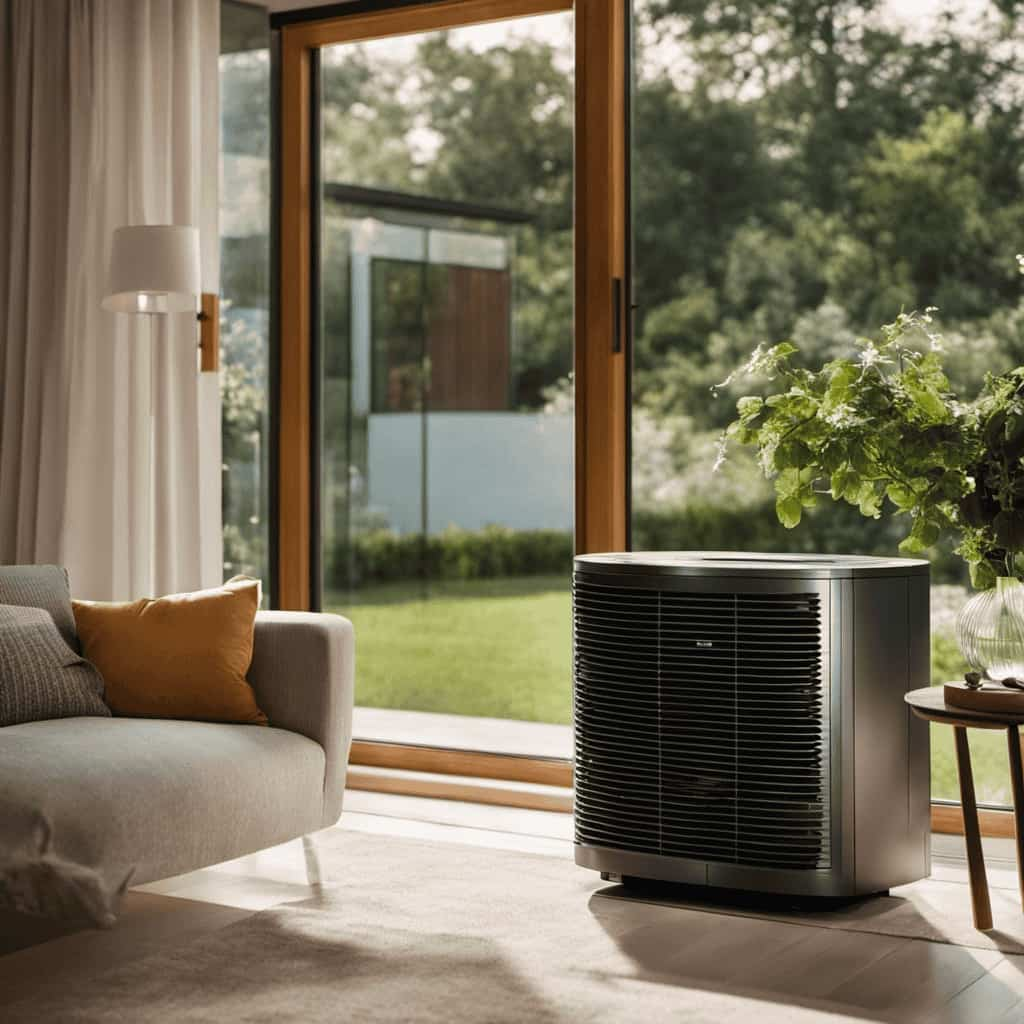
Is It Possible to Retrofit an Existing HVAC System With an Air Conditioning Heat Pump?
Yes, it is possible to retrofit an existing HVAC system with an air conditioning heat pump. When considering retrofitting, there are important considerations such as compatibility, sizing, and cost. The benefits of air conditioning heat pumps include energy efficiency and year-round comfort.
Conclusion
In conclusion, selecting the ideal air conditioning heat pump requires careful evaluation of your cooling and heating needs. This involves determining the right size for your space, considering energy efficiency, exploring different types and features, and comparing performance and SEER ratings.
Additionally, it is important to assess noise levels and indoor air quality. This will help ensure that the air conditioning heat pump you choose will not only effectively cool and heat your space but also provide a comfortable and healthy environment.
Finally, budgeting for installation and maintenance is crucial. It is important to consider the upfront costs of purchasing and installing the heat pump, as well as the ongoing costs of maintenance and repairs. By taking all these factors into account, you can make an informed decision and invest in a cost-effective and efficient air conditioning heat pump for your home or business.
